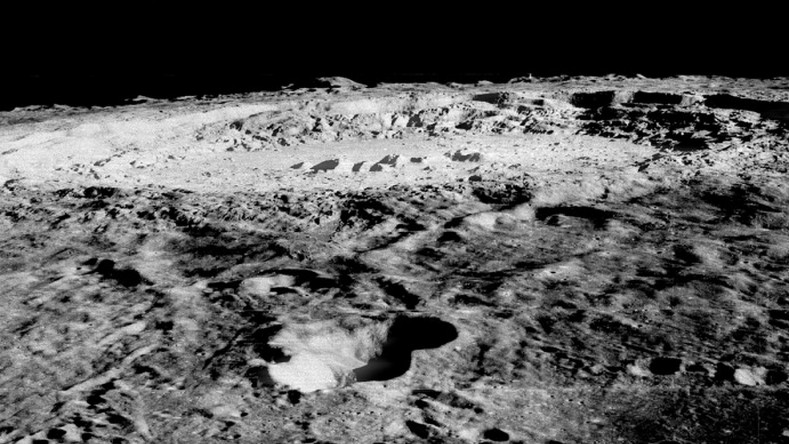
NASA ends Lunar Flashlight missio
NASA has given up on the planned moon mission of its tiny Lunar Flashlight cubesat, which aimed to hunt for water ice in shadowy craters near the moon's south pole, Space.com reports.
The briefcase-sized Lunar Flashlight launched atop a SpaceX Falcon 9 rocket last December. It was a ride-along payload on a mission whose chief aim was to send the private Japanese company ispace's robotic Hakuto-R lander toward the moon.
Lunar Flashlight was supposed to be moon-bound as well. But it experienced problems with its technology-demonstrating propulsion system, failing to generate enough thrust to reach lunar orbit as planned.
The mission team troubleshot the problem for nearly six months but couldn't crack it. So, today (May 12), NASA announced that it was calling an end to Lunar Flashlight's planned mission.
"Technology demonstrations are, by their nature, higher risk and high reward, and they're essential for NASA to test and learn," Christopher Baker, program executive for Small Spacecraft Technology in the Space Technology Mission Directorate at NASA headquarters in Washington, D.C., said in a statement(opens in new tab) today.
"Lunar Flashlight was highly successful from the standpoint of being a testbed for new systems that had never flown in space before," Baker added. "Those systems, and the lessons Lunar Flashlight taught us, will be used for future missions."
Among those successes, NASA officials said, were the cubesat's Sphinx flight computer, a low-power, radiation-resistant variant developed by the agency's Jet Propulsion Laboratory in Southern California, and the probe's upgraded radio, known as Iris.
"Featuring a new precision navigation capability, the radio can be used by future small spacecraft to rendezvous and land on solar system bodies," NASA officials wrote in today's statement.
The mission team also successfully tested Lunar Flashlight's four-laser reflectometer, suggesting that it could indeed have spotted water ice on the floors of moon craters.
Newsfeed
Videos






























